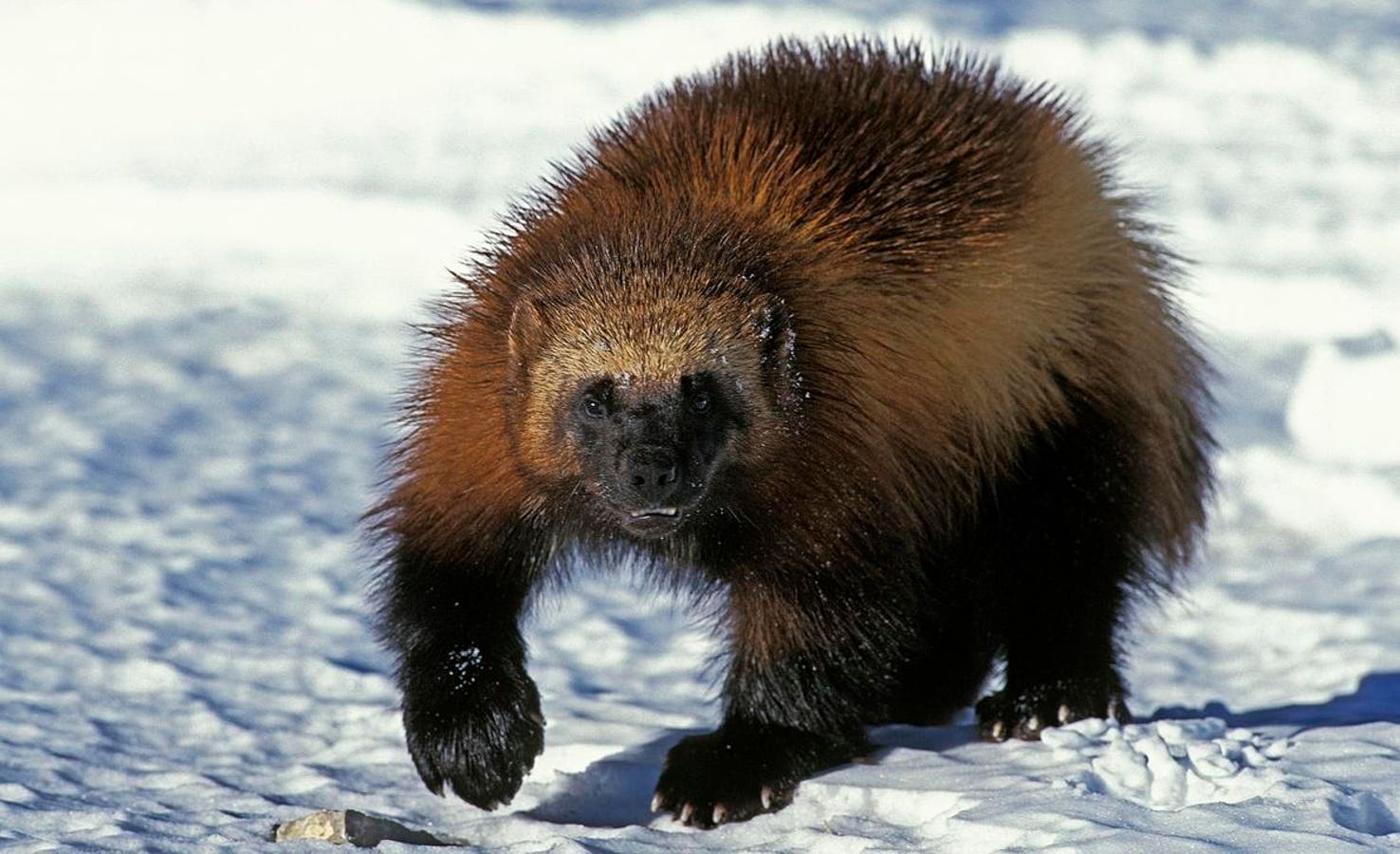Colorado’s Senate Agricultural and Natural Resources Committee recently voted in favor of a bipartisan bill that would reintroduce wolverines into the state. With this vote, a wolverine “rewilding” effort, which has long been a topic of conversation among conservationally-minded Coloradans, comes one step closer to reality.
“The North American wolverine requires a high-elevation habitat with persistent, deep snowpack, and Colorado has some of the best remaining unoccupied wolverine habitat in the lower forty-eight states,” state the authors of the proposed legislation, led by Senators Dylan Roberts (D-Frisco) and Perry Will (R-New Castle).
For many, a wolverine rewilding effort in Colorado feels like a win-win.
“Wolverines were a natural part of Colorado’s landscape for centuries and it’s long past time for us to bring them back and help play our part in restoring this threatened species and improving the health of our mountain ecosystem,” Roberts said. “This is the right way to do wildlife reintroduction–backed by science, supported by a broad coalition of stakeholders through years of deliberation, proper legal protections for agriculture and business, and with bipartisan support.”
Unlike wolves, which were narrowly reintroduced via a ballot-box vote last year, a wolverine rewilding program will most likely be a less contentious issue. For one, wolverine attacks on livestock are rare–they primarily eat small animals, carrion and other native prey.
Furthermore, designating wolverines as a “nonessential experimental species,” which is the way the bill is currently written, will make it easier for the agricultural, ranching and tourist industries in Colorado to co-exist with wolverines, as it obviates some of the more stringent land use requirements attached to endangered species.
Here are three things to know about wolverines in light of Colorado’s proposed rewilding effort.
1. Sweden Has Figured Out How To Successfully Conserve Its Wolverine Population
Sweden’s conservation performance payments (CPP) system is perhaps the most successful legislative example of how to conserve a wolverine population. Beginning in 2002, the Swedish government passed a bill that incentivized reindeer herders—once an enemy of the wolverine due to depredation—to protect wolverines in their districts. According to the legislation, reindeer herders would be paid 200,000 Swedish Krona (approximately $19,000) for every documented wolverine reproduction in their district. This, the legislators contended, would offset any financial loss herders might incur from increased wolverine predation.
“When the CPP program became fully operational in 2002, the number of registered reproductions was 57,” state the authors of research tracking the efficacy of the program. “By 2012, the number of registered reproductions had increased to 125, with the population expanding into previously unoccupied areas.”
Sweden’s neighboring countries of Norway and Finland have relied primarily on protection laws, without performance payments, and have been less successful in sustaining their population numbers.
2. Even With The Possibility Of Reintroduction, Wolverines Face Additional Threats
Most North American wolverines build their dens in areas where snowpack persists until mid-May. Researchers worry that climate change could significantly restrict wolverine denning sites over the coming century. According to one analysis, approximately half of wolverine denning sites in the Rocky Mountains may become unusable by the mid-21st century. This would force wolverines to choose denning sites at even higher elevations, further fragmenting their range.
Moreover, wolverines are known for covering extraordinary distances. One male wolverine traveled straight-line distances of 516 km then 826 km from Wyoming to Colorado and then to North Dakota, before being killed. Roads, agriculture and human development reduce wolverines’ ability to disperse, putting additional pressure on their survival.
3. Predators Help Each Other Indirectly; Lone Predators Struggle To Survive
Carnivores are aided by what scientists call “heterospecific” predators, or predators of different species. For wolverines, this means that they benefit from lynx or wolf predation, as it provides wolverines with scavenging opportunities, especially when food sources are scarce.
For instance, wolves and arctic wolverines have been anecdotally reported to feed on the same carcass. This suggests that Colorado’s wolf reintroduction plan might indirectly benefit the wolverine reintroduction plan, and vice versa.
As is typically the case in the natural world, ecological balance is a multifaceted equation.
Read the full article here





